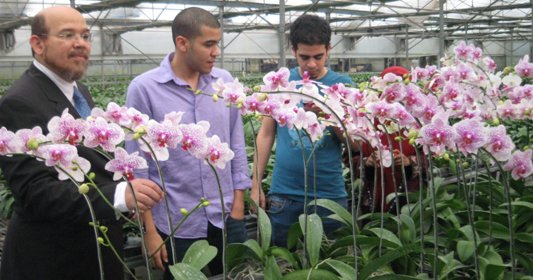
Al-Bahah Region is a state of Saudi Arabia and is located in the southwestern part of the Hejazi region. It has an area of 9,921 km², and a population of 476,172 (2017). Its capital is Al Bahah. The region includes Al-Baḥah City, Al-Mikhwah and Baljorashi. Baljorashi has a famous traditional market known as sooqe as-sabt, which translates to English as "Saturday market". The Baljorashi market is very old and its exact age is unknown. This market opens after the Fajr prayer, or around 5 A.M. local time. The market closes around noon. People come from all over the region to buy and sell handmade goods. Other cities in the region include Baljourashi, Al-Mikhwah, Rahwat Albar, Sabt Alalaya, and a city by the Red Sea called AlQunfunda. Al-Baḥah region is the home of two Azd tribes, the Ghamid and the Zahran.














































